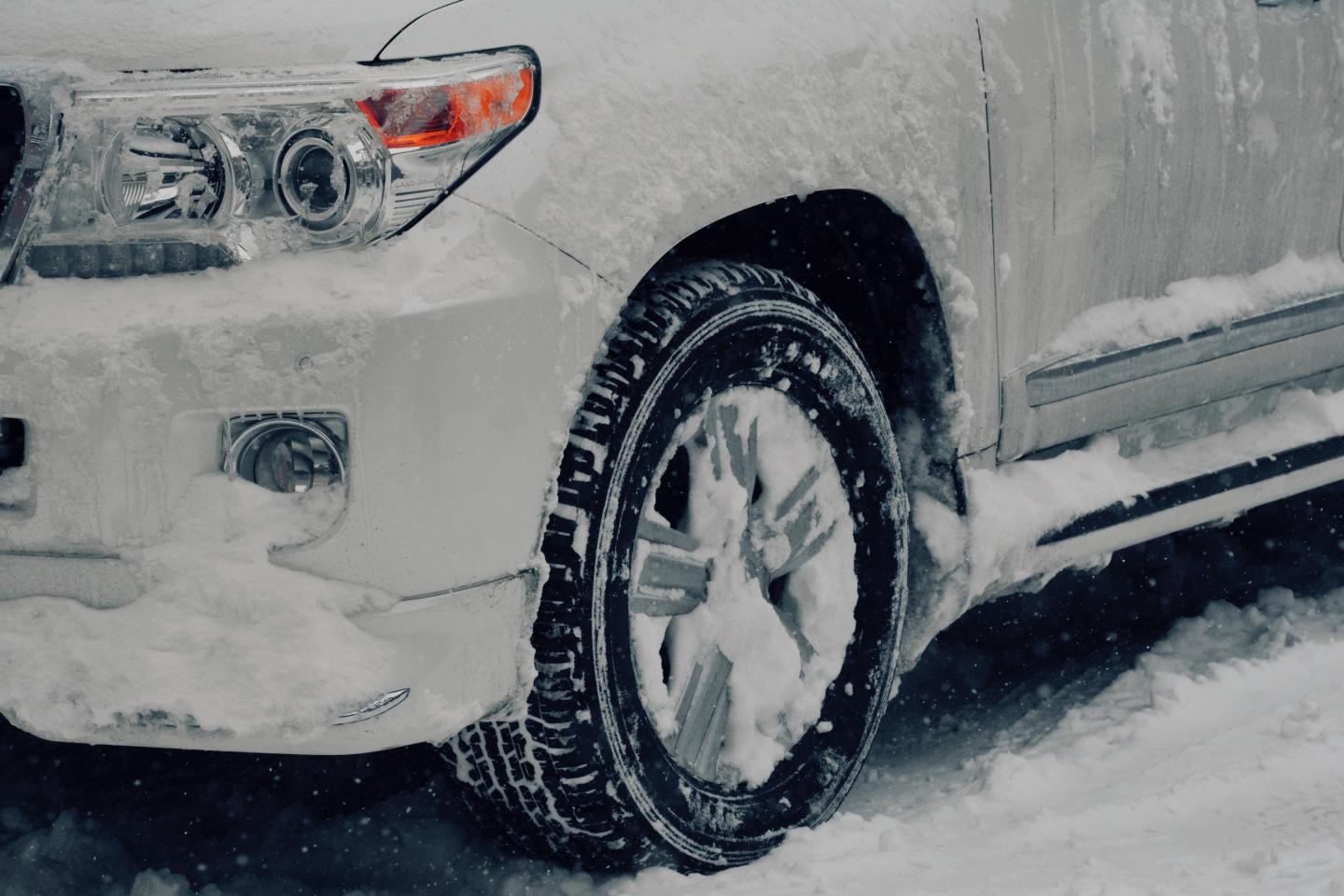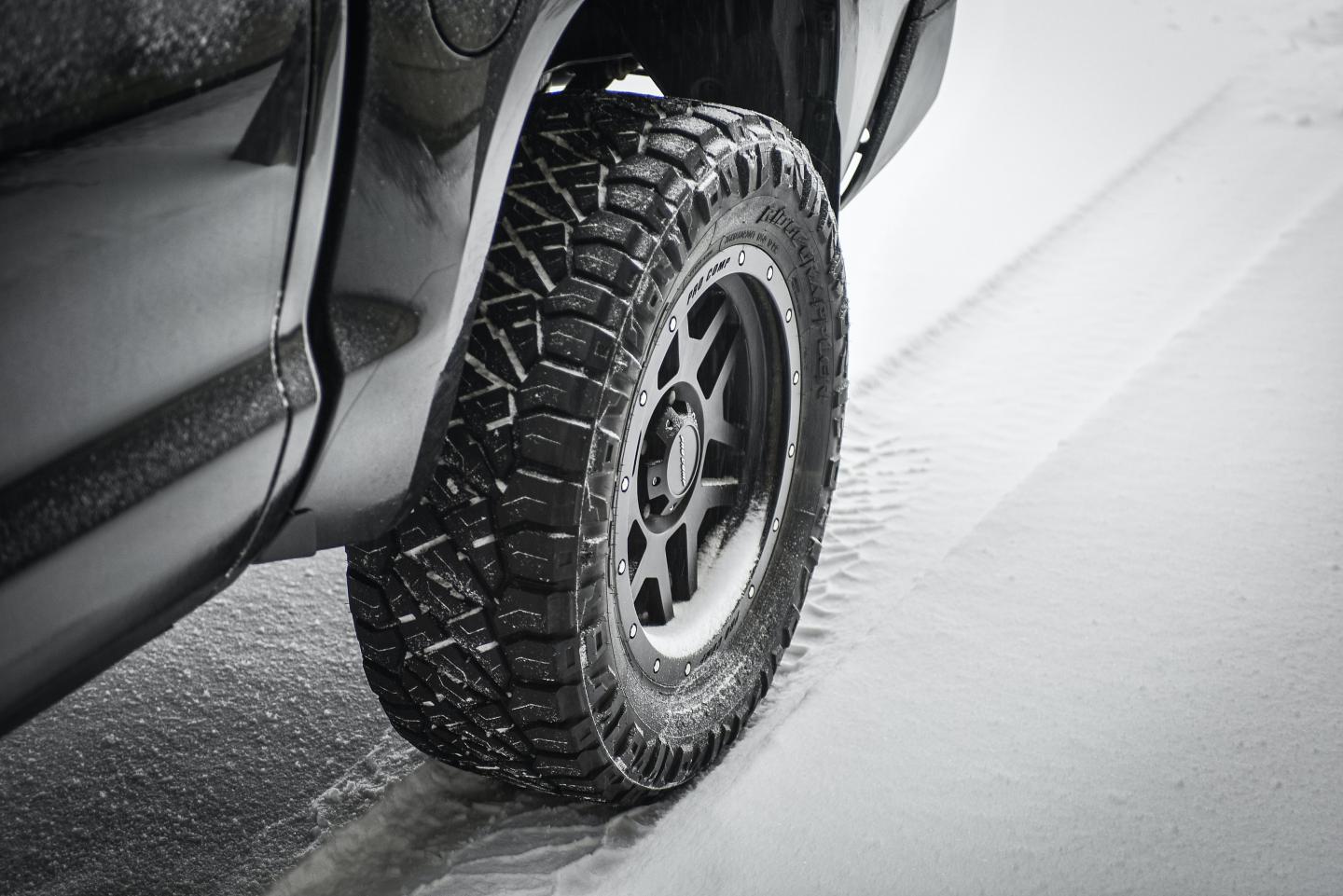Your bags are almost packed and your winter vacation in Serre Chevalier Vallée Briançon is just around the corner.
If you're coming by car, make sure you prepare for your trip and adapt your driving style once you're on the road. Here's an overview of what you need to think about.

1.Prepare your vehicle
The key to success at this stage isanticipation. There's no point in waiting until the last minute, as there's too great a risk of forgetting something or missing an appointment with your favorite mechanic. As with any long journey, it's essential to check your vehicle's levels. But there are other points to bear in mind when heading for the mountains in winter: putting in antifreeze windshield washer fluid, making sure your battery is in good condition, changing or checking your tires.
In this regard, decree no. 2020-1264 of October 16, 2020, which came into force on November 1, 2021, stipulates that, "It is compulsory to equip your vehicle with winter tires or to hold snow chains or socks, from November 1 to March 31, in certain mountainous areas." The Hautes-Alpes department, including the communes making up Serre Chevalier Vallée Briançon, is affected by this decree.
Winter tires may represent an investment, but they guarantee peace of mind on most snow-covered roads. What's more, they're effective on slippery, cold roads, even when there's no snow. Four-season tires, although they have no regulatory definition, can be an intermediate solution: to be considered winter tires, they must be marked "3PMSF". Until November 1, 2024, when the transitional period of the first 3 years of application of the decree comes to an end, tires stamped "M+S" are also recognized. It's all a bit technical, but it's well worth the effort. And tire professionals are on hand to help you make the right choice.
Other accessories that can save the day are removable anti-skid devices, i.e. chains or socks. These are sometimes even compulsory, regardless of your tires, when traffic conditions are particularly tricky. To avoid stress, buy them before you leave and test them in advance. It'll be all the easier to put them in place when you're out in the real world! Important: they must be fitted to the drive wheels of your vehicle.
2. Plan your route
Preparing your itinerary in advance allows you to reconnoiter your route, as well as knowing the number of kilometers you plan to cover and the approximate duration. A few days before you set off, and then the day before and the day of departure, we advise you to check the weather forecasts and find out aboutroad conditions throughout your journey. Here are a few useful websites to help you do just that:
- Weather on site and en route
- Road conditions in the Hautes-Alpes department with information, maps and webcam
- Webcam of Serre-Chevalier Vallée Briançon, including the Col du Lautaret (if arriving from the north)
- Route planning: use your favorite app and/or road maps
If you've got room in your car, have you thought about carpooling? It's a great way to make the most of your trip, limit your environmental impact and meet new people.

3. Adapt your driving
The car is loaded, the occupants are seated: it's off to the mountains! Remember to take regular breaks en route. As we approach our resorts, the snow can make itself felt on the road. Yes, it doesn't just fall on the slopes 😊. The snow removal services do a remarkable job of facilitating your arrival, but when the snow falls in abundance, it lingers on the roadway. Imagine how happy you'll be the next day when you put on your skis on fresh snow.
In the meantime, adopt the driving style that's right for such conditions: a smooth ride. Drive slowly and be extra vigilant. As braking distances are longer on snow-covered roads, you need to anticipate and not brake suddenly, otherwise you'll lose all grip. Opt for low engine speed, especially on uphill stretches, to avoid skidding. When descending, use engine braking. If you feel you're losing grip, don't accelerate, just release the clutch and drive forward slowly. Pay particular attention if the message "snow clearing in progress" is displayed. This means that a snowplough is in front of you, moving at a slower speed to clear the snow and/or salt the road. Depending on where you live, snow driving courses are available to help you acquire the right reflexes and confidence.


4. Adopt the right driving reflexes on site
You arrive at the resort and start looking for your accommodation. Don' t stop in the middle of the snow-covered road to check if the building or chalet in front of you is the one you're looking for. Bear in mind that other motorists are experiencing the same thing as you on the snow and can't brake abruptly, even at reduced speed. Finally, park in a spot that doesn't interfere with traffic or snow removal. Whether your accommodation has private parking or you use the resort's public parking lots, there's bound to be a safe place to park.
If you don't want to come by car, you can reach Serre Chevalier Vallée Briançon by train, bus or plane. Once you're here, there are plenty of transport options to get you from place to place.

